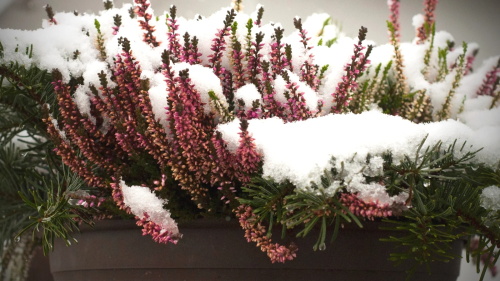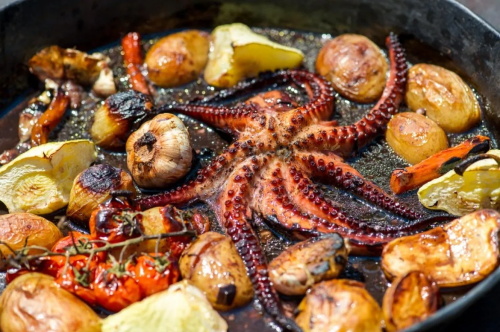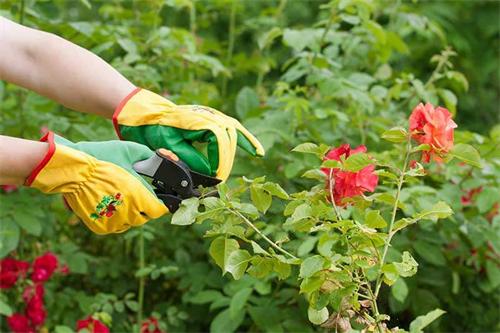
Every spring, gardeners can transform tired, overwintered perennials into vibrant displays by following a simple three-step routine: renew by pruning away last season’s dead growth, nourish with a timely, balanced feeding, and blossom year after year through consistent care. Pruning in late winter or early spring prevents disease and stimulates bushier growth; feeding at the first sign of new shoots replenishes root-stored nutrients without forcing tender foliage. When you make “Renew, Nourish, Blossom” part of your annual gardening calendar, your beds reward you with healthier plants, extended bloom times, and reduced pest and disease pressure.
Why “Renew” with Pruning?
Overwintered perennials die back to underground crowns, but leaving last year’s stems intact can harbor fungal spores and insect eggs. Removing that debris in early spring also improves air circulation around emerging shoots and allows sunlight to reach basal leaves, giving new buds the best possible start.
Pruning at the right time—just before or as you see the first green tips—takes advantage of the plant’s natural spring vigor. Spring cuts “rejuvenate” perennials, helping them respond more robustly than if pruned in fall or midseason.
How to Prune Correctly?
Use Clean, Sharp Tools
Sterilize pruners between plants to avoid spreading pathogens.
Cut Just Above Healthy Buds
Make angled cuts about one-quarter inch above sturdy buds to direct energy into new shoots.
Remove Only Dead or Damaged Stems
Unless you’re rejuvenating an overgrown clump, leave at least two-thirds of last year’s healthy stems intact to preserve established structure.
Why “Nourish” with Feeding?
Perennials store carbohydrates and nutrients in their roots over winter; a well-timed spring fertilizer application replenishes these reserves just as new growth demands them. In order to prevent overstimulating soft growth and to provide the conditions for robust stems and lush foliage, fertilizer should be applied when shoots are 1-2 inches tall.
How to Feed Effectively?
● Choose a Balanced, Slow-Release Formula (e.g., 10-10-10) or incorporate well-rotted compost to supply nutrients steadily.
● Broadcast Around the Drip Line
Spread granules evenly under the leaf canopy, avoiding direct contact with crown or stems to prevent burning.
● Water Lightly After Feeding
A gentle irrigation helps dissolve granules and carries nutrients into the root zone.
Adopting the “Renew, Nourish, Blossom” mantra each spring brings your overwintered perennials back to life with minimal effort and maximum reward. By pruning away the old, replenishing the soil, and repeating annually, you’ll cultivate a resilient, flourishing garden that delights from the first shoots of spring through the final fall color.
Recommend:

The Ultimate Guide to Visiting the Acropolis and Parthenon in Athens (2024)

10 Must-Try Croatian Foods

Shielding Your Roses: Proactive Strategies to Halt Disease in Its Tracks

Why do dogs tilt their heads to one side?

